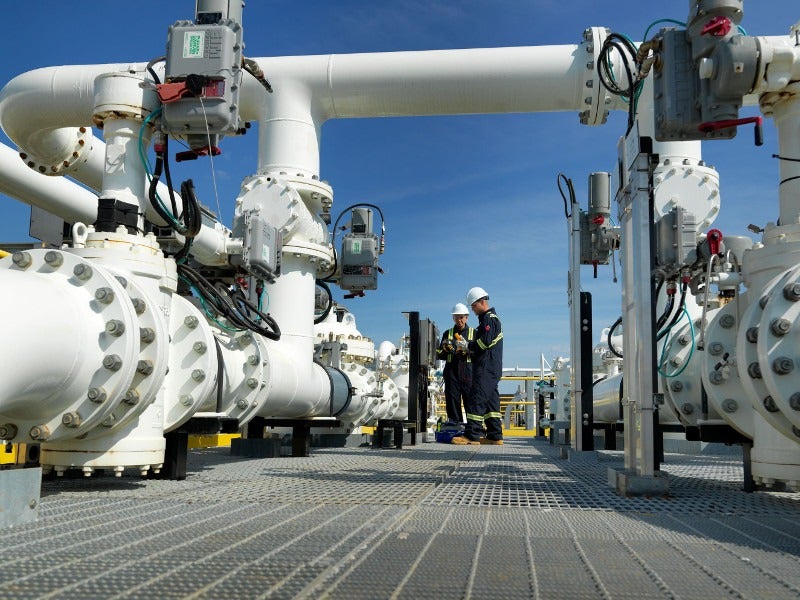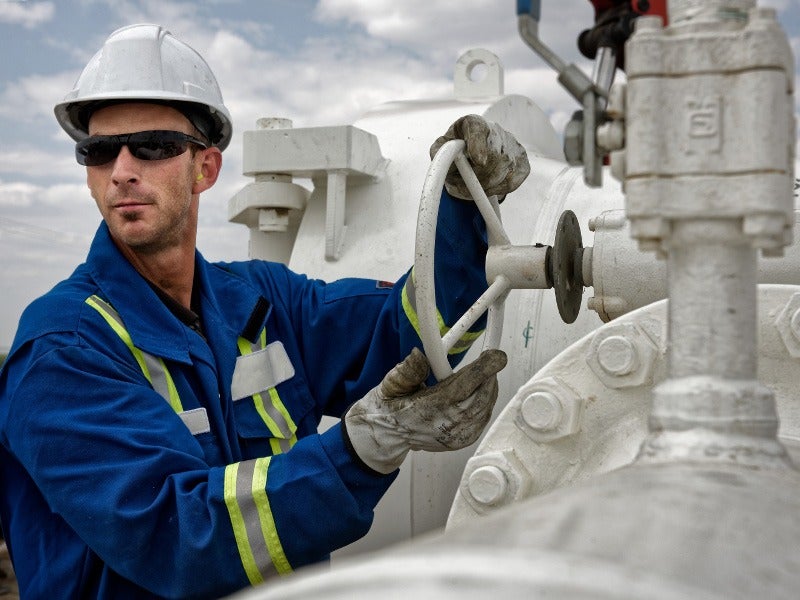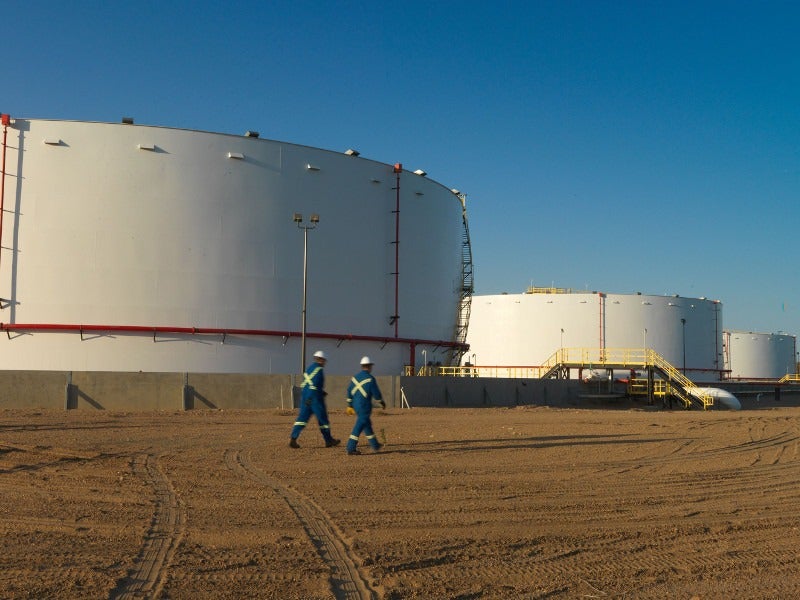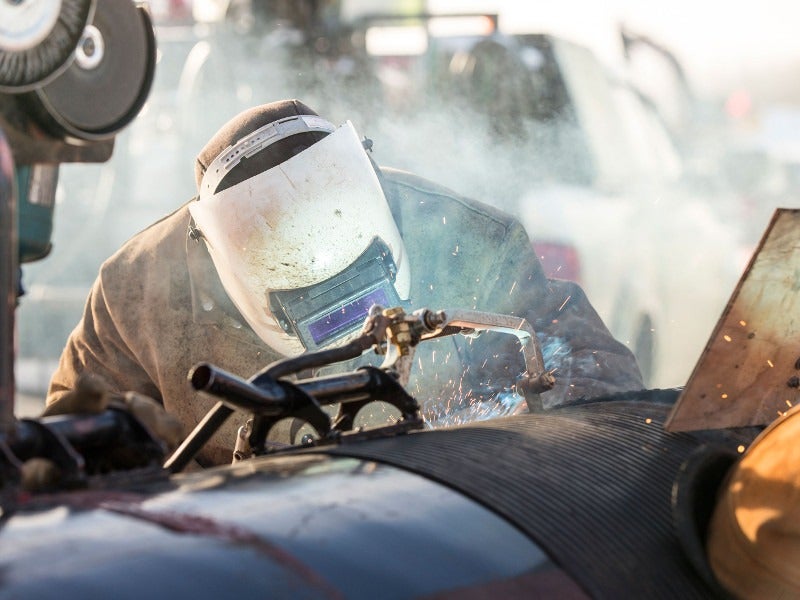Keystone XL is a long-delayed and controversial pipeline project intended to supply crude from the Alberta oil sands in Canada to the US Gulf Coast refineries. The 1,897km cross-border crude oil pipeline will be capable of delivering 830,000 barrels of heavy crude oil a day.
North American energy infrastructure company TransCanada plans to construct the pipeline with an estimated investment of $8bn. TransCanada also owns and operates the existing 4,324km Keystone pipeline system, which was commissioned in 2010.
Keystone XL is expected to create job opportunities for 9,000 skilled workers and help the US attain stable and reliable crude oil supply from Canada, which will compensate the declining crude supply from the Mexican region.
Keystone XL project development details
The National Energy Board, Canada granted regulatory approval for the Keystone XL pipeline in 2010. The project has, however, faced a number of legal hurdles on environmental grounds in the US, before its construction could be started.
The Obama administration had rejected a permit for the pipeline in 2015 in the face of serious opposition from environmental groups.
Preparatory works for the project, however, were started in 2018, after the successive Trump administration approved the project in 2017.
A federal court in Montana, US, blocked the Trump administration’s permit and ordered TransCanada to halt work on the controversial project in November 2018, siting the need for a new environmental study.
The project suffered another setback after the Montana court further ruled in February 2019 that TransCanada cannot go ahead with preparatory works including setting up camps for workers.
TransCanada hopes to start construction of the pipeline in 2020, upon meeting all regulatory requirements.
Keystone XL pipeline route and design details
The pipeline will originate from an oil terminal at Hardisty, Alberta, and traverse through Montana and South Dakota to connect with the existing Keystone Pipeline system at Steele City, Nebraska.
The 36in-diameter pipeline will be designed to deliver 730,000 barrels per day (bpd) of imported heavy crude oil from the Western Canadian Sedimentary Basin (WCSB) and 100,000bpd of domestically produced crude from the Bakken Shale Formation, Williston Basin, US.
The pipe joints will be covered with a corrosion-resistant protective coating and be buried 2m-deep below surface. The pipeline will have a 15m-wide right-of-way.
The Keystone XL pipeline will operate at a pressure of 1,308 pounds per square inch gauge (psig).
The above-ground facilities to support the pipeline operation will include 30 pump stations and 112 mainline valves.
The pipeline will be equipped with supervisory control and data acquisition (SCADA) and leak detection systems. A total of 21,000 data transmitters will be used for observing the pressure and oil flow.
Electrical energy required for project operations is planned to be met through the 230kV single-circuit Big Bend to Witten transmission line in South Dakota.
Keystone XL pipeline controversies
Opposers of the project allege that the production and extraction of oil from oil sands or bitumen will emit more greenhouse gases compared to conventional oil production, adding to the problem of global warming.
It is also highlighted that the construction and operation of the pipeline will pose threats to the water supply and the general environment including people, livestock, and soil along its route.
Another major objection to the pipeline is the fear that once the pipeline is built, it will pave way for the US’ dependency on bitumen production and delay the transition to renewables.
Contractors involved
MPS Constructors, a joint venture of three pipeline construction companies namely Michels Corporation, Price Gregory Services, and Sheehan Pipeline Construction is responsible for building the pipeline and associated infrastructure.






